
WiFi issues are a common frustration that many people face, whether at home or in the office. Sometimes, you can be connected to your network, but there's no internet access. Other times, your WiFi might not even appear in the list of available networks. This troubleshooting guide will help you identify the potential causes and resolve the issue. Let's dive in.
1. Check Your Router and Modem
Before diving into your computer's settings or device configurations, it's important to ensure that your internet service is actually functioning properly. If your router and modem aren't set up or functioning correctly, your WiFi network will have issues.
Steps to check:
Check the lights on the router: Most routers have indicator lights that tell you if the device is functioning properly. Look for a solid "Internet" or "Online" light. If the light is blinking or turned off, there may be an issue with your internet service.
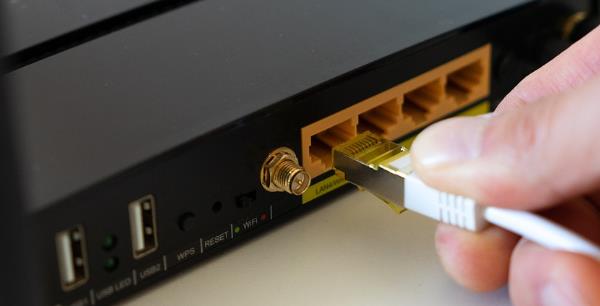
Restart your modem and router: Unplug both devices from the power source for 30 seconds, then plug them back in. Wait a couple of minutes for them to restart and check if the WiFi works.
If the issue persists, you may want to contact your ISP to verify there are no service outages or problems in your area.
2. Ensure WiFi Is Enabled on Your Device
It might sound obvious, but sometimes your WiFi could be turned off accidentally. Double-check that your device's WiFi is turned on.
For Windows system:
Go to the Start Menu and click on Settings.
Click on Network & Internet, then select Wi-Fi.
Make sure the toggle for Wi-Fi is switched on.
Check if your device detects available networks.
If your WiFi is off, simply turn it on and check if the network is available again.
3. Restart Your Computer or Device
Sometimes, the issue could simply be with your device's connection to the WiFi network. Restarting your device can help resolve temporary software glitches.
Steps to restart:
Close all applications and restart your computer.
If you're using a smartphone or tablet, restart the device by turning it off and then back on.
This can often resolve minor bugs or connectivity issues.
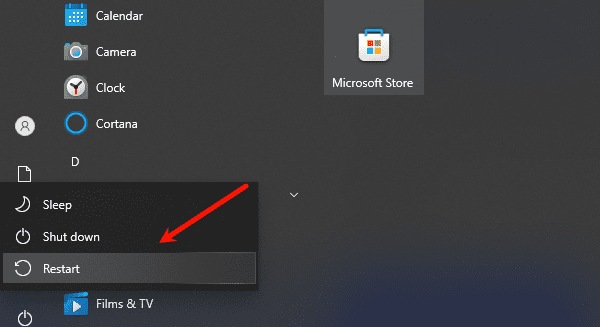
4. Update or Reinstall Network Drivers
Outdated or corrupted network drivers can cause WiFi connectivity issues. If your WiFi was working previously but suddenly stopped, it could be due to a driver issue. Updating the network drivers can fix these problems.
A quick and effective way to update your network drivers is by using a tool like Driver Sentry. This software automatically detects outdated drivers and installs the latest versions, ensuring your network card has the correct driver.
Steps:
Download and install Driver Sentry from the official website.
Launch Driver Sentry and let the program scan your system for outdated or missing drivers.

Look for the Network Adapter section and check if any drivers are out of date.
If an update is available, click Update to install the latest drivers for your WiFi card.
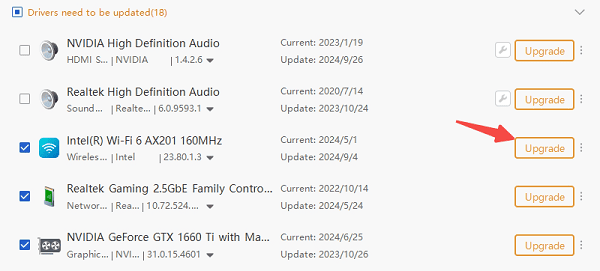
Restart your computer to apply the changes.
Updating your drivers ensures that your network card works optimally with your operating system and router, which can often resolve WiFi issues.
5. Check IP Configuration
Sometimes, a WiFi connection issue can be related to an incorrect IP address configuration. Your computer may not be able to obtain an IP address from the router, causing the connection to fail.
Steps to troubleshoot:
In the Start menu, search for "cmd", right-click it, and select "Run as administrator" to open the Command Prompt.
Type the following commands one by one:
ipconfig /release (This releases the current IP address.)
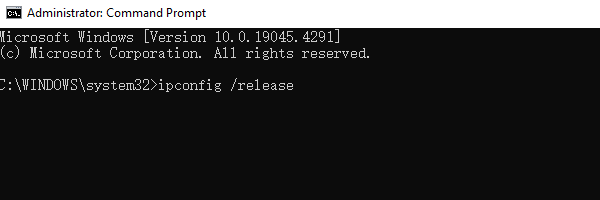
ipconfig /renew (This requests a new IP address from the router.)
Close the Command Prompt and check if your WiFi connection works.
If your device still cannot connect, consider manually assigning a static IP address. This involves going into the Network and Sharing Center and configuring the IP settings manually.
6. Disable Antivirus or Firewall
In some cases, antivirus software or firewalls can block your connection to the internet. This can happen if the software is too restrictive or if there's an issue with its settings.
To check if your antivirus is blocking the connection:
Temporarily disable your antivirus or firewall software.
Try connecting to the WiFi again.
If the connection works, your antivirus may be the culprit. Make sure to update it or adjust its settings to allow internet access.
Be sure to turn your antivirus and firewall back on after troubleshooting.
7. Reset Network Settings
If all else fails, you can reset your network settings, which can help resolve deep-rooted issues with your WiFi connection. This will reset all network-related configurations, including WiFi networks, Ethernet settings, and VPN configurations.
Steps to reset network settings in Windows system:
Open Settings and go to Network & Internet.
Scroll down and select Advanced network settings.
Click on Network reset at the bottom of the page.
Click Reset now to confirm.
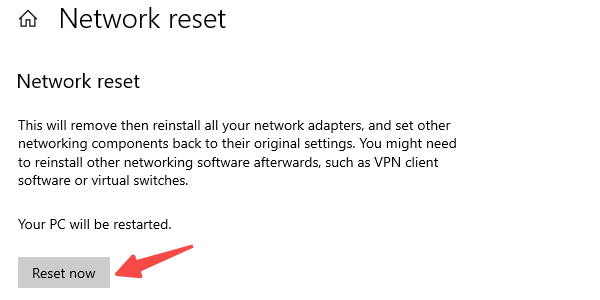
Restart your device, and it will automatically reinstall network drivers and reset all network settings.
8. Check for Interference
WiFi interference from other devices can sometimes cause connectivity issues. Devices such as microwaves, cordless phones, and Bluetooth devices can interfere with the WiFi signal. Try relocating your router to a more open area or away from sources of interference.
By following the steps above, you should be able to get your WiFi connection back up and running smoothly. Regularly updating your network card drivers ensures that your device is compatible with the network and helps maintain stable internet connectivity.
See also:
Computer Display No Signal Solution
Fix Computer Screen Stuck and Not Moving